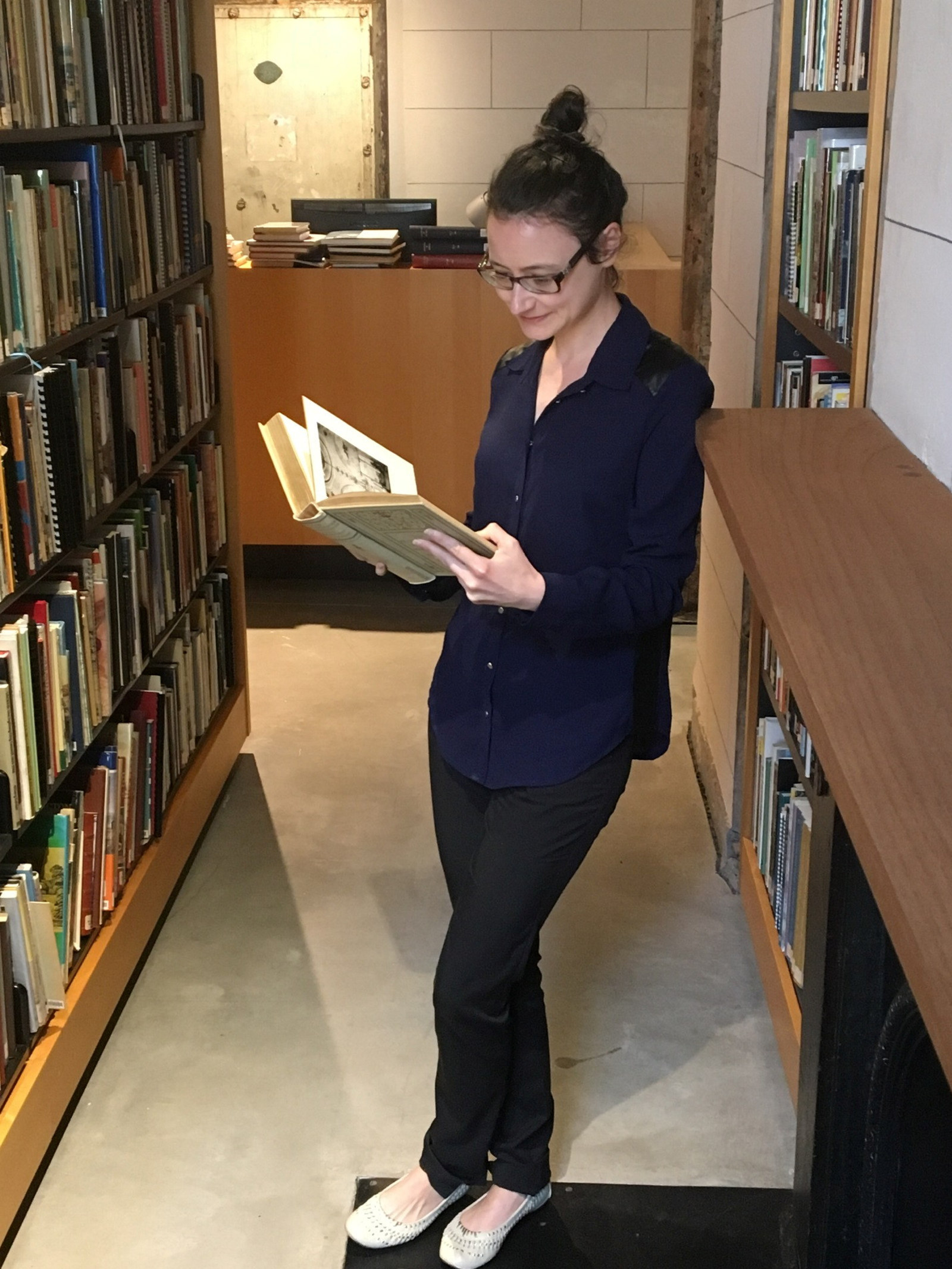Returned from active service
In July 1921 James Arthur Banfield was arrested by Sydney police, photographed and charged on three counts of larceny. He had stolen a horse, a set of harness and a lorry from Wilson’s Steam Laundry in Surry Hills.
Wright was also on the run from Victorian police, who had a warrant out for his arrest for a similar crime, committed in May while he was on bail for a previous offence: he had stolen a rubber-tyred jinker, a black pony gelding and a set of harness from a livery stable keeper in the Melbourne suburb of Northcote.1 In August he was committed to trial in Sydney; he pleaded guilty and was sentenced to 12 months’ hard labour in Bathurst Gaol.
In the police photograph, Banfield wears a ‘Returned from Active Service’ badge, an official badge issued by the Department of Defence to all men who had been discharged on return to Australia except those who had been sent back for misconduct or ‘suffering from a disease brought about by their own neglect’, code for venereal disease.2 Banfield was 19 years old and working as a fish-cart driver in Melbourne when he enlisted in the First Australian Imperial Force in April 1917. He hoped to join a Light Horse regiment but was instead assigned to the 5th Machine Gun Battalion, eventually embarking for service overseas in November 1917. After his troopship arrived at Southampton in February 1918, Banfield and his company were marched into the Codford military training camp on Salisbury Plain. He was almost immediately in trouble, brought before a court martial at Codford in March 1918 for allowing prisoners to escape. His service dossier also itemises several minor disciplinary-related punishments for absences without leave. Late in the war, however, he saw service in the field in France. His battalion was involved in the ‘Hundred Days Offensive’, the final major campaign of World War I, beginning at the Battle of Amiens on 8 August, continuing at varying levels of intensity and forcing a German retreat beyond the Hindenburg Line, until the Armistice was signed on 11 November 1918. Banfield himself was invalided out of the field on the first day of the assault on the Hindenburg Line. He was discharged from the AIF in Melbourne in March 1919. In late 1920 he had his first brush with the law.
Footnotes
1. Victoria Police Gazette, 26 May 1921, p356.
2. The Mirror (Sydney), 20 December 1918, p6.
Published on
